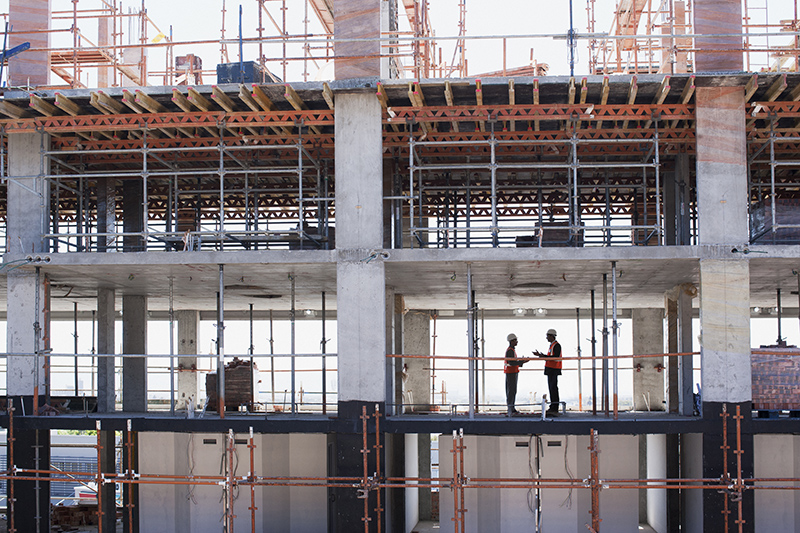Job growth, as well as income generated and supported by annual building operations, represent a continuing flow of expenditures into local, state and national economies that extend over the life of the structures. These new buildings represent an expansion of the productive capacity of their local economies and serve as enablers that further enlarge the local, state and national economies.
This statement opens “Economic Impacts of Commercial Real Estate, 2016 Edition,” an annual report published by the NAIOP Research Foundation and written by Stephen S. Fuller, Ph.D., Dwight Schar faculty chair and university professor, senior advisor and director for special projects, Center for Regional Analysis, George Mason University.
The numbers speak for themselves:
The combined economic contributions of the expenditures made during all four phases of development added 429.3 million square feet of new office, industrial, warehouse and retail building space to the existing inventory during 2015. It also:
- Contributed $450.4 billion to U.S. GDP.
- Generated $145.7 billion in new personal earnings.
- Supported a total of 3.2 million jobs that spanned the full breadth of the economy.
“Commercial real estate continues to bring new jobs, improve infrastructure, and create places to live, work and play,” said Thomas Bisacquino, NAIOP president and CEO. “This is positive news both for the industry and the nation as we continue to strengthen our economy.”
The report, released in June 2016, says the outlook for real estate is good:
- The commercial construction sector continued its recovery in 2015 after first showing signs of a rebound in 2011, following several consecutive years of decreased spending from its peak in 2008. The 2015 gains spanned most commercial building types and have generated increased construction employment.
- Forecasts for 2016 project accelerating construction spending, with gains in fixed investment in commercial structures, such as office, retail, health care and distribution facilities, being partially offset by cutbacks in energy-related construction expenditures.
- With the direct and indirect impact of construction spending on the U.S. economy (GDP) in 2015 totaling $3.2 trillion and accounting for 17.8 percent of GDP, the continuing growth of construction spending that began in 2011 will provide continuing support to the economy’s growth rate during the next several years. That is, the growth rate for construction spending will exceed the GDP growth rate annually for at least the next five years.
- The growth of construction spending has stimulated job growth in construction related industries. The accumulated effects of this direct, indirect and induced job growth are reflected in the trends in total construction job growth nationally.
This is the first in a series of informational posts on the Research Foundation’s valuable report, “Economic Impacts of Commercial Real Estate, 2016 Edition.” Download the full report and check back for more analysis and excerpts.














